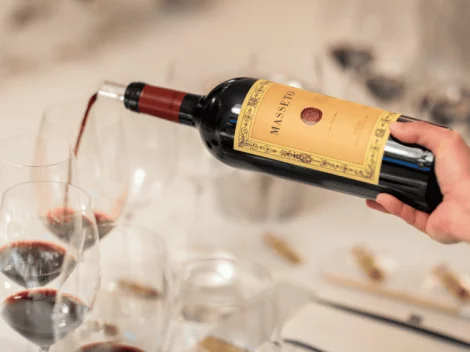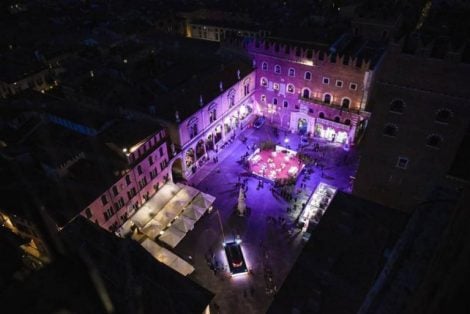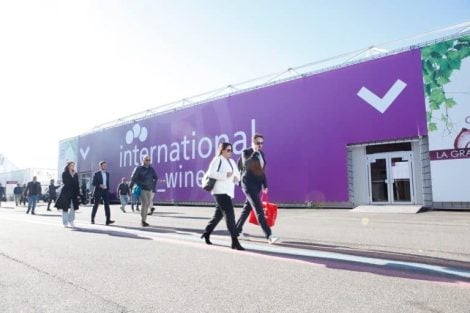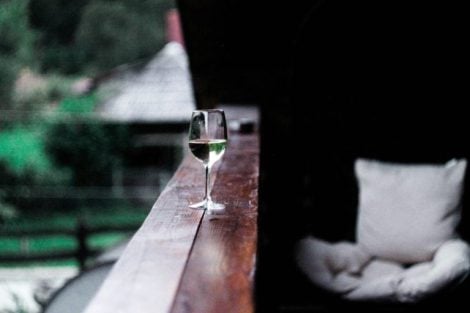When Valerio Di Mauro, oenologist and owner of the Colle Picchioni winery, decided to revive the uva Giulia (Giulia grape), the variety seemed destined for oblivion. It was 2020, and this red grape, with its thick skin and very low pH, had never been successfully vinified, and many considered it unsuitable for winemaking. But young Valerio, in the historic winery of Castelli Romani, challenged the grape’s bad reputation. “We wanted to try, and with a bit of recklessness, we took a leap,” he joyfully tells Gambero Rosso. The gamble resulted in a rosé sparkling wine which, with its first two vintages, 2021 and 2022, caught our attention for its freshness and impressive drinkability.
Rediscovering the Giulia grape variety
It was 2020 when the Giulia grape was finally registered by Masaf (the Ministry of Agriculture and Food Sovereignty) as an official Lazio variety. Few knew of it, except for a few enthusiasts who had heard of this rare grape cultivated in Pescosolido, a small town in the province of Frosinone (with just over a thousand inhabitants). Among these was Valerio Di Mauro, young heir to the Colle Picchioni winery in Marino. The story of the Giulia grape is one of resilience yet difficulty in cultivation (and winemaking); its grapes were traditionally left to wither. “It’s a challenging grape, seeming more like a relic than an opportunity,” says Valerio, but he saw its potential in a different context—that of sparkling wine. A traditional method had never been created with this grape, and it continued to be vinified as red wine in the rural wineries of Lazio. However, the young winemaker’s enthusiasm, combined with the collaboration of Luigi, a farmer who had long been trying to revive the grape on his plot of less than a hectare, turned this gamble into a reality.
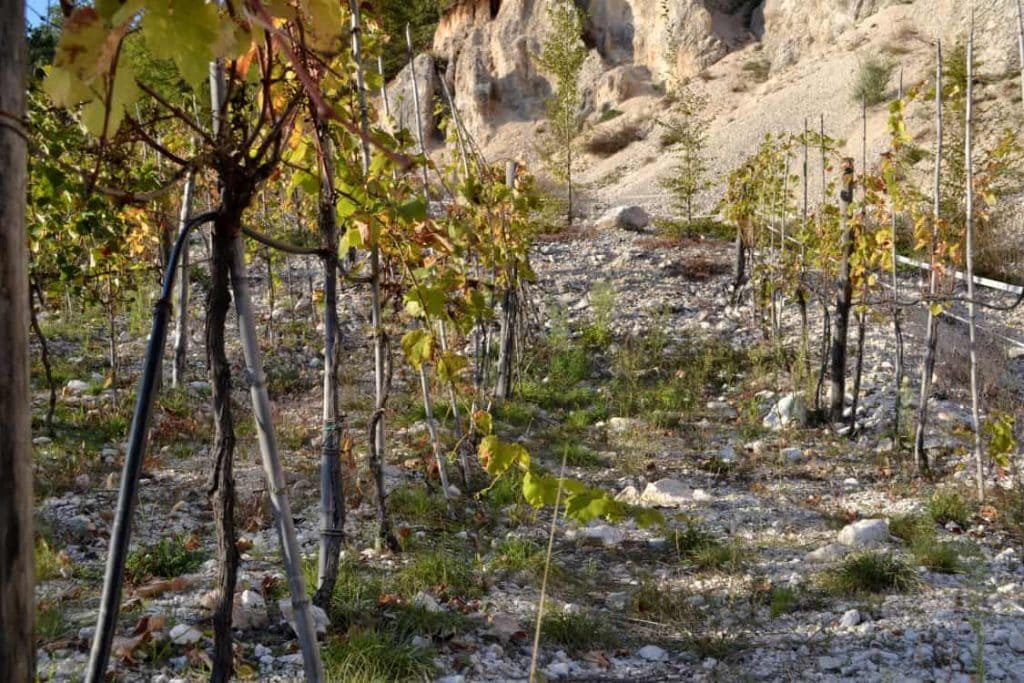
It is Luigi, a man with a gentle and shy face, who recounts the origins of his Giulia grape. As a child, it was customary to take the few bunches from this vineyard, put them in the cellar to dry, and, “during the winter, go down occasionally to pick the now dried grapes and eat them like sweets, nothing more.” Only after a first trial in 2021 with Valerio was he surprised by the high acidity and wild strawberry aromas already present in the must. Today, from the terraced vineyards of Pescosolido situated at 650 metres above sea level, the Giulia grape has returned to production, albeit in limited quantities (about a thousand bottles a year, with plans to reach four thousand in the coming years), a wine that stands out for its freshness, character, and excellent—remarkable—drinkability.
Colle Picchioni and a passion for the land
Founded in 1974 by Paola Di Mauro, Colle Picchioni is one of the historic wineries in Castelli Romani. Located twenty minutes from Rome along the Appian Way, the estate is in a prime area for viticulture, with 15 hectares of land, four of which are owned, and another ten rented within the Marino DOC area. With Paola at the helm until 2015, the winery built a solid reputation with its bold red wines, shunning the conventions that at the time dominated winemaking in Lazio, which was primarily focused on white wines. Today, the winery is in the hands of Valerio Di Mauro, Paola’s grandson, who has taken over the company fully since 2020, after years of learning among the vines with his grandmother Paola and his father Armando. “I grew up with my grandmother in the vineyards, and together we shared the same passion and dedication,” he says.
Valerio has made it his mission to carry forward the family legacy with an innovative spirit, also supported by his partner Laila, exploring new grape varieties and winemaking techniques. The collaboration with Luigi, a farmer from Pescosolido, was born out of a desire to try something different, without presumption but with curiosity. “He believed in it from the beginning and was the first to say, ‘Let’s do something that honours this forgotten grape.’” Today, Colle Picchioni is the only winery in Lazio to produce sparkling wine from this red grape variety in its pure form, a challenge that represents a commitment to showcasing Lazio’s unique wine characteristics. “I still remember the excitement of the first tasting, four years ago, when the bottle’s crown cap shot up to the ceiling—that was the moment I knew we had done it, the fermentation had started.”
Tasting and prospects for the Giulia
The Giulia presents itself as a wine with many nuances, capable of surprising from the first sip. The experimentation has resulted in two vintages of sparkling rosé, the 2021 and 2022 pas dosé, each with a distinct character. The 2021 has pleasant acidity, notes of custard, lovely red fruit, and good drinkability, while the 2022 is still young, with aromas of strawberry and currant and an intriguing savouriness. A bold move that, for Valerio, has also represented a personal rediscovery: “I studied law, then trained as a winemaker, but this was the challenge that really pushed me to test myself.” The new sparkling wine label will be a tribute to the historical roots of the family and the community of the village of Pescosolido, featuring the terraces where this grape has always grown. The wine will be called Monsignor, after the nickname of Luigi’s father, although “the 2021 vintage won’t be released until next spring.”
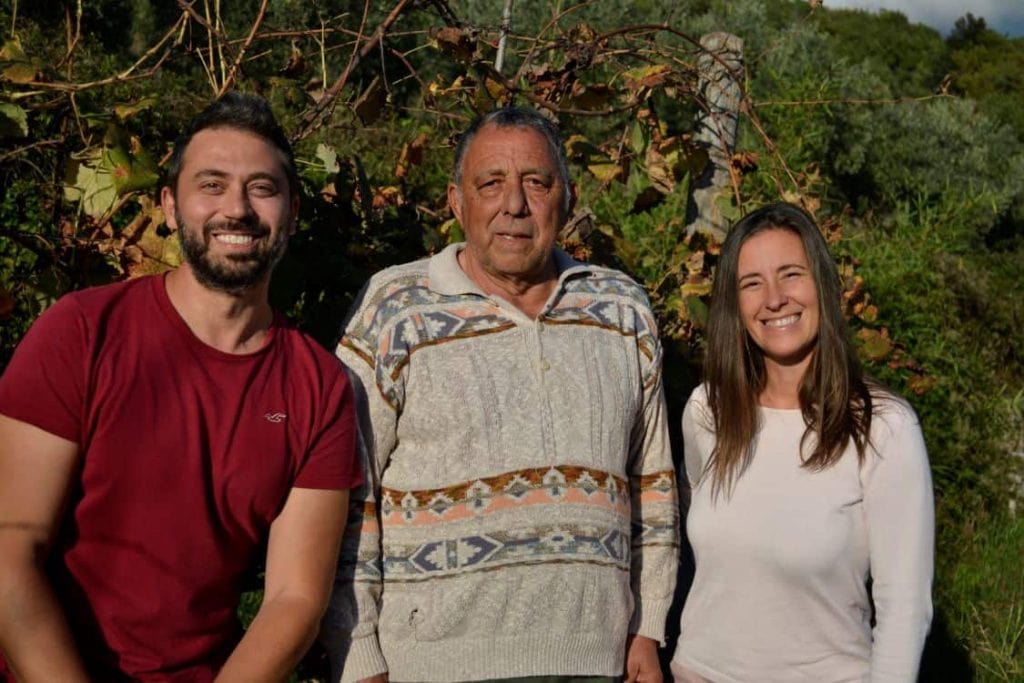
Valerio, Luigi e Laila
But why focus on a grape like the Giulia, taking a risk in a market where consumers tend to prefer more well-known varieties? For Valerio, the answer lies in the desire to promote the area and its unique qualities. It is a legacy passed down from his grandmother Paola, a woman of great character who always embodied a passion not only for wine but for cooking as well, making Colle Picchioni a reference point not only for wines but also for its culinary artistry. Anyone visiting Colle, on that side road halfway along the Appian Way—from grandchildren to friends to prominent winemakers and actors—was welcomed by Paola in a bustling kitchen always ready for new creations. A lit fireplace, the aroma of freshly baked bread, and a large wooden table full of laughter and dishes were her signature. The recipes she prepared were meticulously handwritten and refined over the years, eventually becoming a book: Le mie ricette, published by Gambero Rosso.
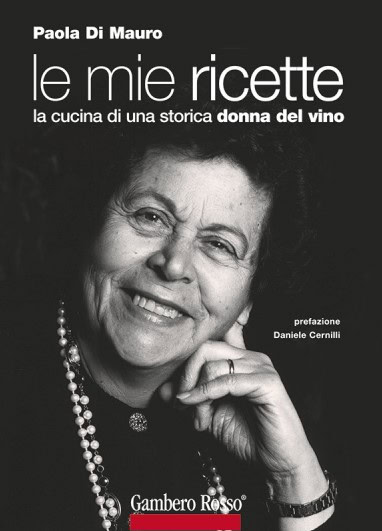
Paola Di Mauro knew how to surround herself with people who shared her vision, as Daniele Cernilli confirms in the preface to her recipe book, emphasising the unique character of Paola’s cooking, full of authenticity and passed-down traditions: “What Paola Di Mauro gives us is beautiful, true cooking, the kind that only the great ladies of the home know how to set on the table, a cuisine where we rediscover our roots.” So, it’s not just about wine but also a gastronomic heritage that Paola meticulously recorded over the years.
With the Giulia grape, Colle Picchioni has embarked on a path aimed at highlighting Lazio and its traditions without compromise. “We’re only at the beginning, but I believe there’s great potential. The Giulia is a grape that requires patience and dedication, but the results are proving us right,” concludes Valerio with a smile.

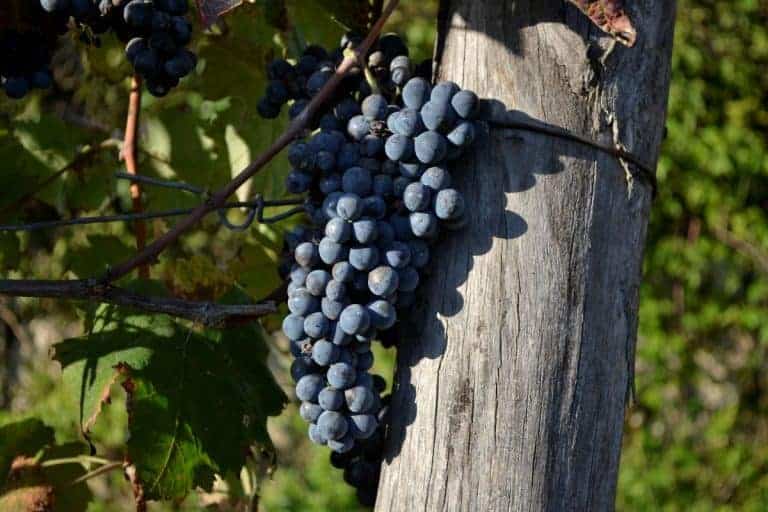
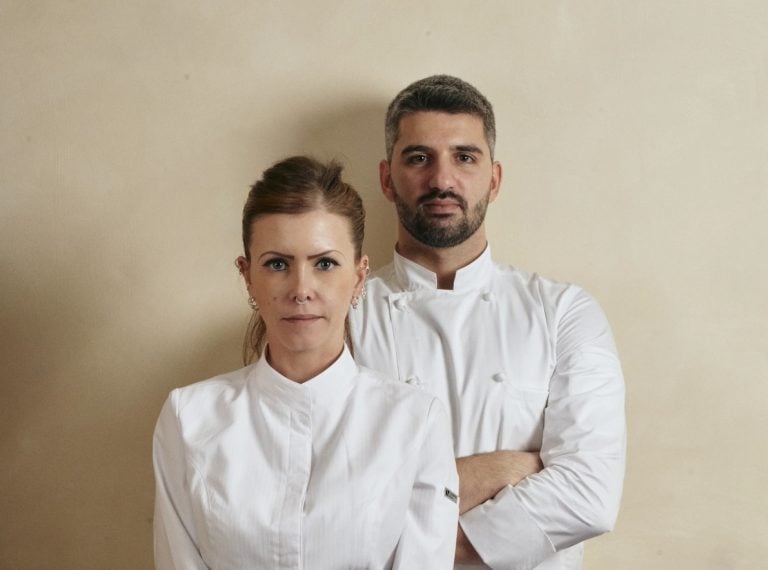 Michelin surprise: in France, the guide rewards Italian chefs
Michelin surprise: in France, the guide rewards Italian chefs Vinitaly 2025: "Piwi should not be included in the DOCs. Dealcoholised wines? I have changed my mind." Angelo Gaja's position
Vinitaly 2025: "Piwi should not be included in the DOCs. Dealcoholised wines? I have changed my mind." Angelo Gaja's position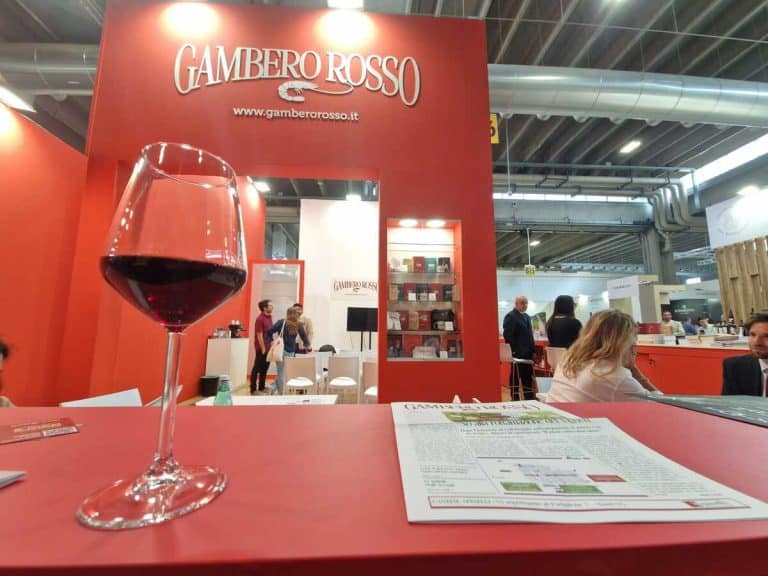 Vinitaly 2025: here are all the events by Gambero Rosso. Tre Bicchieri, debates, TV and much more...
Vinitaly 2025: here are all the events by Gambero Rosso. Tre Bicchieri, debates, TV and much more...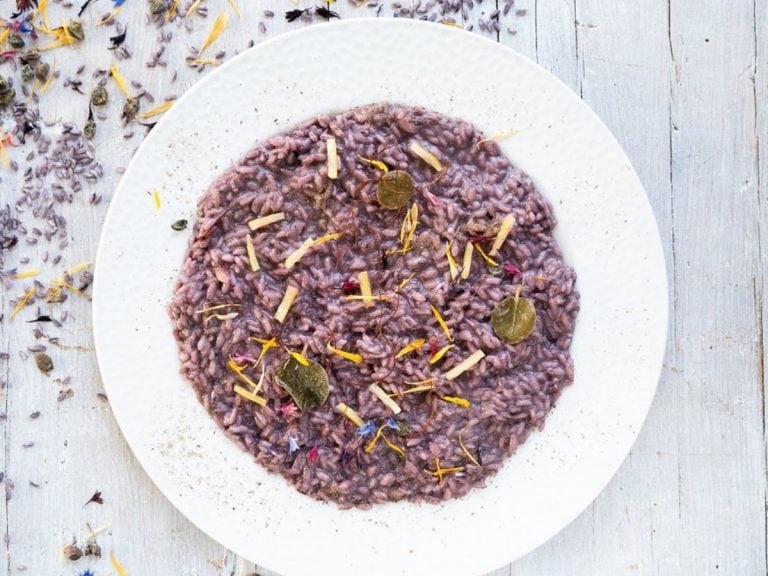 A giant rice grown in the land of buffaloes: the story of a bourbon edict
A giant rice grown in the land of buffaloes: the story of a bourbon edict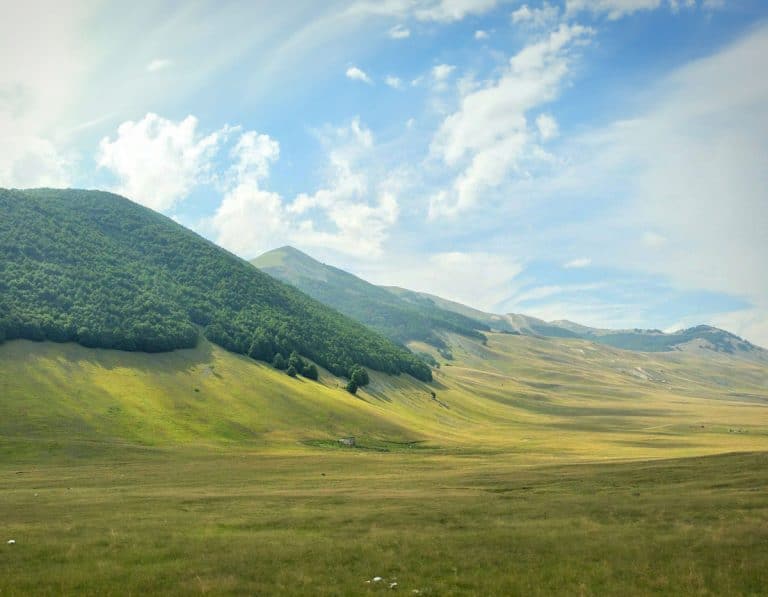 Where to eat in the Majella park, amidst stunning landscapes and authentic cuisine
Where to eat in the Majella park, amidst stunning landscapes and authentic cuisine
